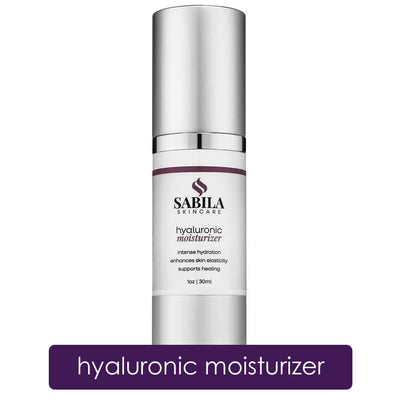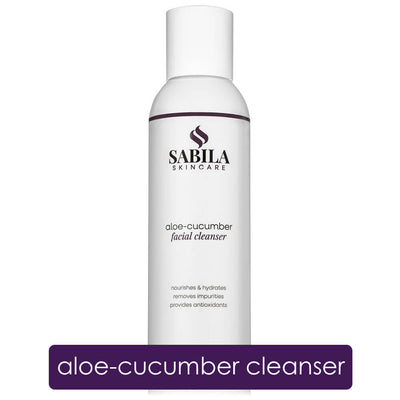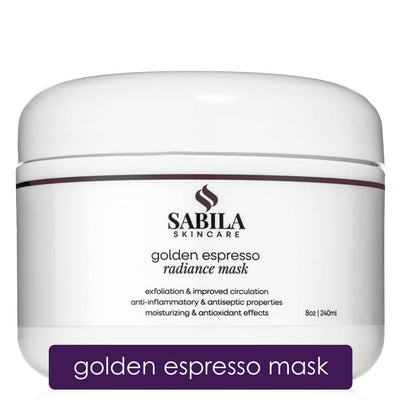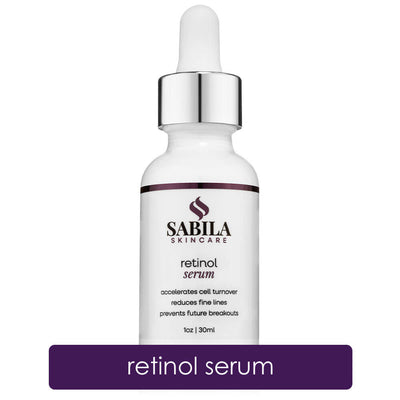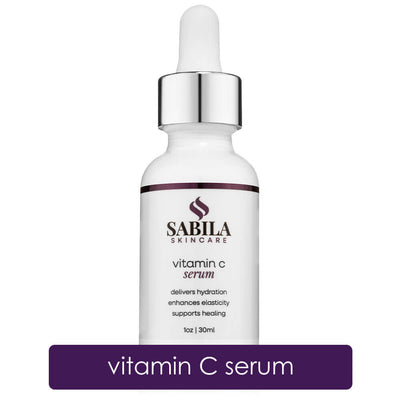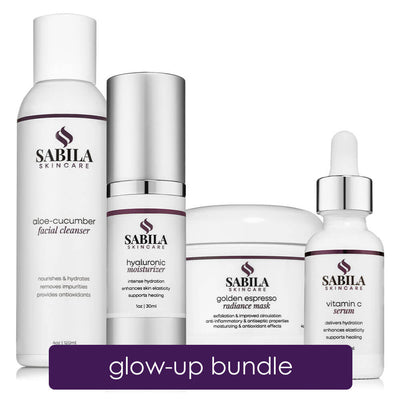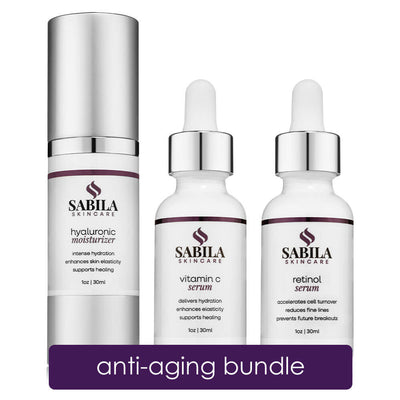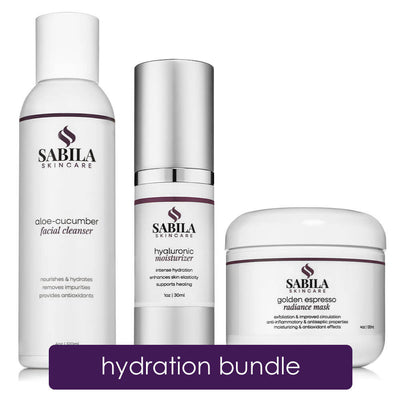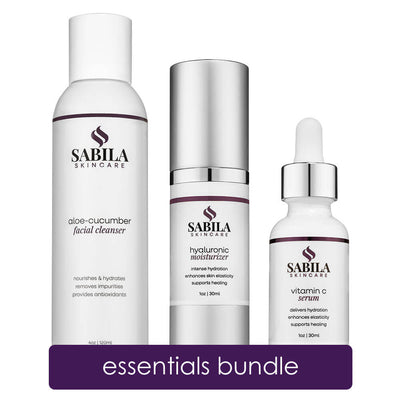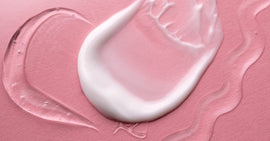Have you ever come inside after a chilly day, taken a look in the mirror, and noticed your skin is red, tight, and irritated? If you’ve been wondering why your face feels like it’s on fire after being outside in the cold, it could be windburn. We’re all familiar with sunburn, but windburn is another sneaky skin woe that can really take a toll on your complexion—especially during colder months.
We’re here to talk about what windburn is, what causes it, and, more importantly, how to soothe and treat it naturally using some amazing ingredients. Let’s dive in and get your skin back to glowing in no time!
What is Windburn?
Windburn happens when your skin is exposed to harsh, cold winds. While it’s often confused with sunburn, the two have different causes and therefore require different care. Windburn is caused by the wind stripping away your skin’s natural oils, leaving it dry, irritated, and more susceptible to damage. Imagine all that moisture you work so hard to keep locked in—gone with the wind, literally!
When the wind blows across your skin, it breaks down its protective barrier, making it vulnerable to environmental stressors. The result is skin that feels dry, tight, red, and sometimes even flaky or chapped. If your skin is already sensitive, this can lead to even more irritation and discomfort.
Windburn often affects your face, especially the cheeks and nose, but it can also happen on any exposed area of the body. But don’t worry, because with the right care and natural remedies, you can calm that irritation and get your skin feeling soft and supple again.
The Symptoms of Windburn
Before we dive into natural treatments, let’s quickly go over the common symptoms of windburn so you can easily spot it:
- Redness: Your skin looks flushed or blotchy.
- Tightness: Your skin feels stiff, almost as if it’s been pulled too tight.
- Dryness: The wind saps moisture, leaving your skin feeling parched and rough.
- Itchiness: That irritating, persistent itch that comes from inflamed skin.
- Sensitivity: Even a light touch might feel uncomfortable or painful.
If you’ve noticed any of these signs after a cold, windy day outdoors, chances are you’re dealing with windburn.
How to Treat Windburn Naturally
Now that you know what windburn is and how it shows up, it’s time to take care of that lovely skin of yours. The best part? You can do it all with simple, natural ingredients that are gentle and effective.
- Soothe with aloe: Aloe vera is packed with anti-inflammatory properties, which help reduce redness and irritation. Plus, it provides a much-needed dose of hydration to help repair your skin’s moisture barrier.
- Hydrate with hyaluronic acid: One of the main reasons windburn happens is because the wind dries out your skin, and to fight back, you need serious hydration. This is where hyaluronic acid comes in. This powerful ingredient holds up to 1,000 times its weight in water, making it a hydration hero. By replenishing your skin’s moisture levels, a hyaluronic moisturizer helps plump and soothe dry, irritated areas.
- Nourish with jojoba oil: After soothing and hydrating your skin, you’ll want to lock in that moisture and jojoba oil is perfect for this. It’s lightweight, non-greasy, and closely mimics your skin’s natural oils, making it a fantastic way to help restore the protective barrier that windburn compromises. It’s also rich in vitamins and minerals, including vitamin E, which helps repair damaged skin and calm inflammation.
- Calm with chamomile: Chamomile isn’t just great for soothing your mind with a cup of tea—it’s amazing for calming your skin, too. Chamomile extract is known for its anti-inflammatory and healing properties, making it a perfect choice for irritated, windburned skin. Incorporating a facial cleanser with chamomile into your skincare routine can help reduce redness and bring relief to those areas that feel especially tender.
- Brighten with vitamin C: Windburn can leave your skin looking dull and uneven. To restore your natural glow, incorporate vitamin C into your routine, which helps brighten your complexion, repair skin damage, and even out skin tone. It also promotes collagen production, which helps strengthen the skin barrier so it’s more resilient to future environmental stressors. Use a vitamin C serum to give your skin the love it deserves and highlight your naturally radiant glow.
- Exfoliate gently with coffee grounds: Once your skin has started to heal, you can gently exfoliate any dry, flaky patches with a delicate exfoliant like coffee grounds. A non-abrasive exfoliating mask can reveal smoother, fresher skin underneath, helping you get back to your healthy glow.
Tips to Preventing Windburn
Unsurprisingly, the best way to treat windburn is to avoid it in the first place (when you can)! Here are some quick tips to help protect your skin:
- Cover up: If you’re heading out into cold, windy weather, try to cover as much of your skin as possible. Scarves, hats, and gloves are your best friends in keeping the wind off your face and body.
- Hydrate regularly: Keep your skin hydrated by using a good moisturizer with ingredients like jojoba oil or hyaluronic acid.
- Use sunscreen: Even in winter, UV rays can still damage your skin, which makes it more vulnerable to windburn. A good SPF will help protect you from both the wind and the sun.
- Stay consistent: Make sure your skincare routine includes moisturizing and hydrating products to keep your skin barrier strong.
Dealing with windburn can be uncomfortable, but with the right care, you can protect, heal, and keep glowing no matter the weather. Continue your journey by heading back to the Sabila Skincare Blog for more tips, tricks and expert advice, or explore our exclusive range of natural skincare products crafted to harmonize with your skin’s natural rhythm and unlock its glorious potential.
